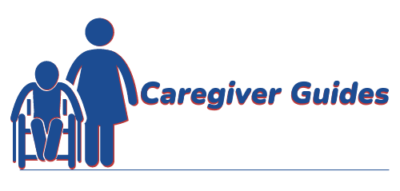
Weight bearing with regard to caregiving is being able to support one’s self through the leg(s) and/or the arm(s). You may hear your physician, physical or occupational therapist refer to the care recipient’s ability or restriction to “weight bear”. This can be in reference to the care recipients ability to hold themselves up against gravity. Or, it may be a restriction the doctor recommends after a surgery or to allow a body part to heal correctly.
In many cases after a surgery to repair broken bone(s), the surgeon may want limited weight bearing to the area to allow for the bone to heal properly or limit the amount of pain a person may have or both. Also, in the case of foot wounds, the doctor may recommend avoiding the amount of weight put on the foot to allow the wound to heal properly.
With regard to physical and occupational therapy, the concern may be more related to strength. If a person is too weak to bear their weight during transfers a slide board may be used. Or, a person may need a platform walker or upright walker because they are unable to bear weight through their hands.
In regard to surgical cases, there is a continuum of weight bearing which can be confusing for the patient and the caregiver. Below are the typical types of weight bearing statuses that a doctor may recommend after surgery.
NON-WEIGHT BEARING (NWB)
• Place no weight on your injured leg or arm.
• While you stand or walk, you must hold your injured leg off the floor.
• Do not touch the floor with your injured leg.
TOE-TOUCH WEIGHT BEARING (TTWB) OR TOUCH-DOWN WEIGHT BEARING
(TDWB)
• When you stand or walk, you may only touch the floor for balance.
• Do not place any body weight on your leg. Imagine you have an egg under your foot that you
are not to crush.
PARTIAL WEIGHT BEARING (PWB)
• When you stand or walk, you may place some of your body weight on your injured leg.
• Your doctor will decide on the amount of weight. Often it is less than half your weight.
WEIGHT BEARING AS TOLERATED (WBAT)
• When you stand or walk, place only as much weight as feels comfortable on your injured leg or
arm.
• Let pain be your guide. If you feel pain, place less weight on the leg or arm.
FULL WEIGHT BEARING (FWB)
• You may place your full body weight on your leg or arm.
